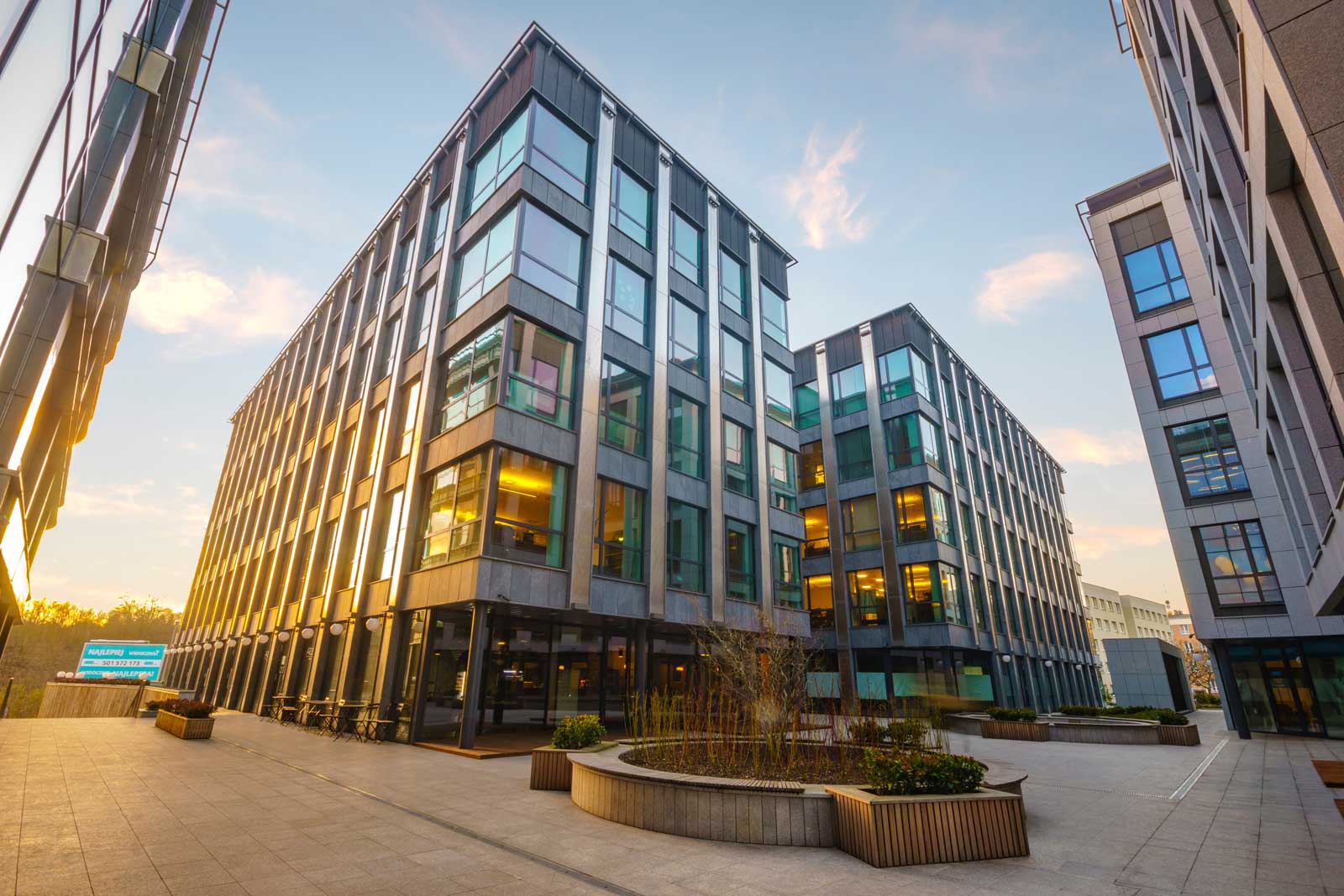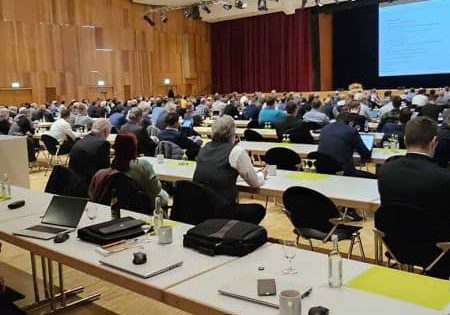Repurposing and reinvesting in commercial real estate in a post-pandemic world
by Christopher M. Dodds
The world changed in 2020 with the COVID-19 pandemic. Work-at-home offices, video meetings and flexible workdays were thrust upon the world. Following our two-year work-from-home reality, many employers and employees have elected to continue this model indefinitely. Commercial real estate stakeholders are forced to evolve, adapt and repurpose their once-thriving office spaces in the face of significant vacancy rates.
The dynamics of urban living are continually evolving, shaping the landscape of real estate development. One notable trend is the conversion of commercial office buildings into residential apartment complexes. This transformation not only breathes new life into underutilized spaces caused by COVID-19, but also generates significant accretive value for property owners and investors. In this article, we delve into the myriad benefits and considerations of repurposing commercial office buildings into vibrant residential communities.
Rising Demand for Residential Space
Urbanization has led to an increased demand for residential properties in city centers worldwide. Simultaneously, the COVID-19 pandemic has accelerated trends such as remote work and flexible living arrangements, further driving the need for adaptable living space. This shift in preferences has created an opportunity for property developers and investors to repurpose existing commercial structures into residential units, meeting the growing demand for housing in urban areas.
Unlocking Accretive Value
Converting a commercial office building into a residential apartment complex offers several distinct advantages in terms of increasing a property’s value:
- Optimized Space Utilization: Commercial office spaces often feature large floor plans designed to accommodate cubicles and meeting rooms. By repurposing these areas into residential units, developers can maximize the use of space, potentially increasing the overall value of the property.
- Adaptability to Market Trends: The flexibility of residential properties allows developers to adapt to changing market conditions more easily. Unlike commercial office spaces, which may struggle during economic downturns due to factors like higher interest rates, restrictive banking environments or social politics, residential apartments tend to maintain steady demand, providing a more stable income stream for property owners.
- Enhanced Rental Yields: Residential properties typically command higher rental yields compared to commercial spaces, especially in prime urban locations. Converting office buildings into apartments can significantly boost rental income, thereby improving the property’s overall return on investment.
- Diversification of Portfolio: For real estate investors, diversification is key to mitigating risk. By adding residential assets to their portfolio, investors can spread risk across different property types and market segments, reducing vulnerability to fluctuations in any single sector.
- Appeal to Millennial and Gen Z Renters: Younger generations, such as Millennials and Gen Z, often prioritize convenience and lifestyle amenities when choosing where to live. Repurposed office buildings, with their central locations and modern amenities, appeal to this demographic, ensuring a steady stream of tenants and higher occupancy rates.
- Sustainable Redevelopment: Converting existing structures into residential units promotes sustainable development by reducing the need for new construction and preserving the character of established neighborhoods. This environmentally conscious approach resonates with both tenants and communities, enhancing the property’s appeal and long-term value.
Considerations and Challenges
While converting commercial office buildings into residential apartments offers compelling benefits, several considerations and challenges must be addressed:
- Regulatory Compliance: Developers must navigate zoning laws, building codes and regulatory requirements when repurposing commercial spaces for residential use. Compliance with safety standards and accessibility regulations is paramount to ensure the project’s success and avoid legal complications.
- Structural Modifications: Converting office buildings into apartments often involves significant structural, plumbing, electrical, mechanical and life-safety modifications. Our vertical-transportation (VT) experts are highly skilled and bring hundreds of years of combined experience in elevator design. These renovations require careful planning and expertise to ensure compliance with building codes and minimize construction delays.
- Cost Considerations: Converting commercial properties into residential units can be a costly endeavor, particularly if extensive renovations are required. Developers must carefully assess the project’s financial feasibility, considering construction costs, financing options and potential return on investment.
- Market Analysis: Thorough market analysis is essential to determine demand for residential units in each location. Factors such as demographics, rental rates and competition from existing properties should be carefully evaluated to assess the project’s viability and potential profitability.
- Community Engagement: Engaging with local communities and stakeholders is critical to gaining support for a redevelopment project. Addressing concerns related to traffic, parking and neighborhood character can help build positive relationships and facilitate the necessary approvals and permits.
- VT Capacity: We have reviewed a hypothetical 20-story, 300,000-ft2 commercial building located within a major metropolitan market equipped with six passenger elevators that travel at 500 ft/min with a capacity of 3500 lb. This system would have been designed to provide an average waiting time of less than 30 s during peak periods. Such a building would have accommodated approximately 1,300 office workers. Converted into residential space (assuming 200 1,000-ft2 apartments to keep the math simple), this building would now accommodate approximately 900 residents. Thus, the six existing elevators would be more than adequate to provide excellent quality of service. If the developer elected to reduce construction costs or required additional square feet to be repurposed, it is likely that the number of elevators could be reduced closer to three and still provide excellent quality of service for residential use.
Conclusion
The conversion of commercial office buildings into residential apartments represents a strategic opportunity for property owners and investors to unlock accretive value in real estate. By repurposing underutilized spaces to meet the growing demand for urban housing, developers can optimize space utilization, enhance rental yields and diversify their portfolios. However, successful redevelopment requires careful planning, a highly skilled design team, regulatory compliance and community engagement to overcome challenges and realize the full potential of these transformative projects. In an ever-evolving real estate landscape, the conversion of commercial properties into vibrant residential communities offers a compelling investment opportunity that aligns with the changing needs and preferences of urban dwellers. If you need guidance or support while working through the challenges of commercial property revitalization, know that you are not alone. ATIS/KJA VT Consultants are North America’s industry leaders for property redevelopment.
Get more of Elevator World. Sign up for our free e-newsletter.










